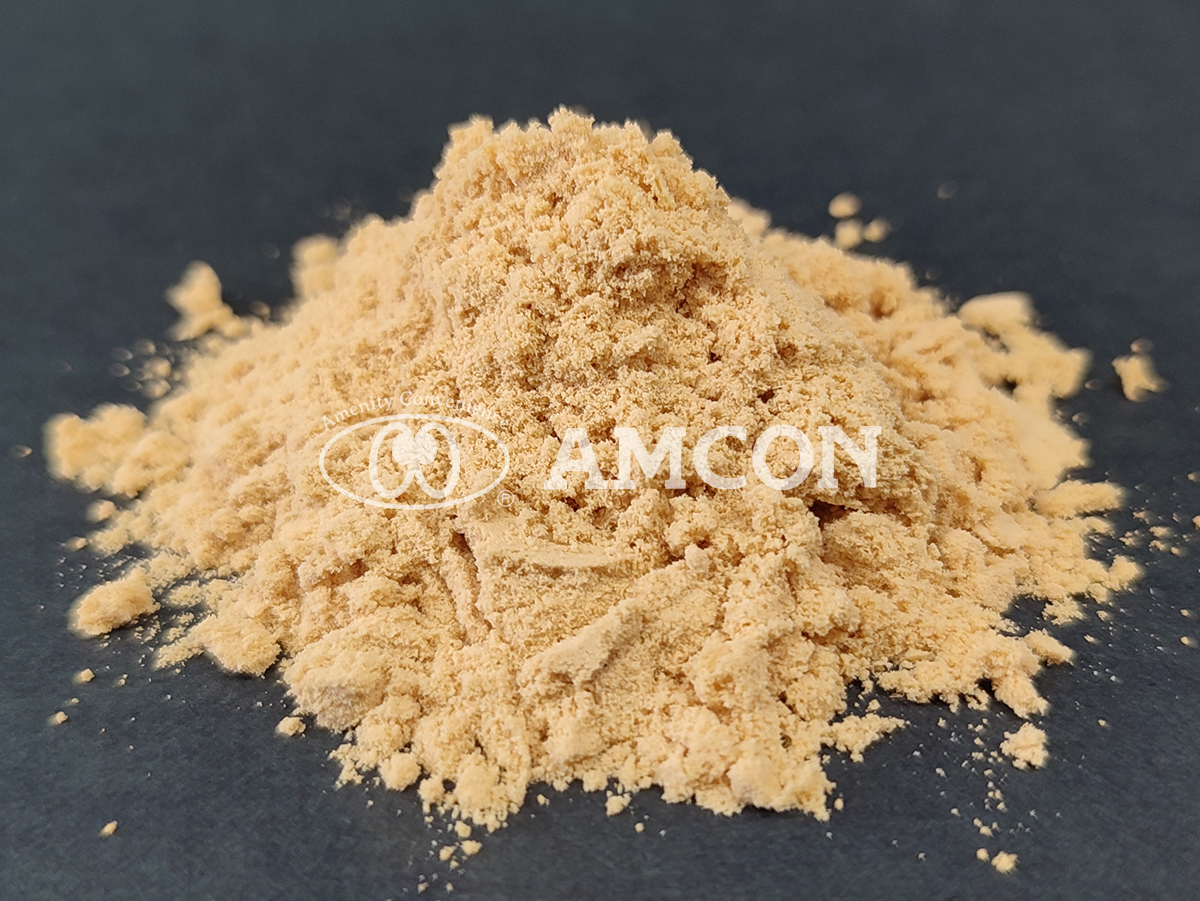
ADVANTAGES
Example of chemicals used in wastewater treatment flow
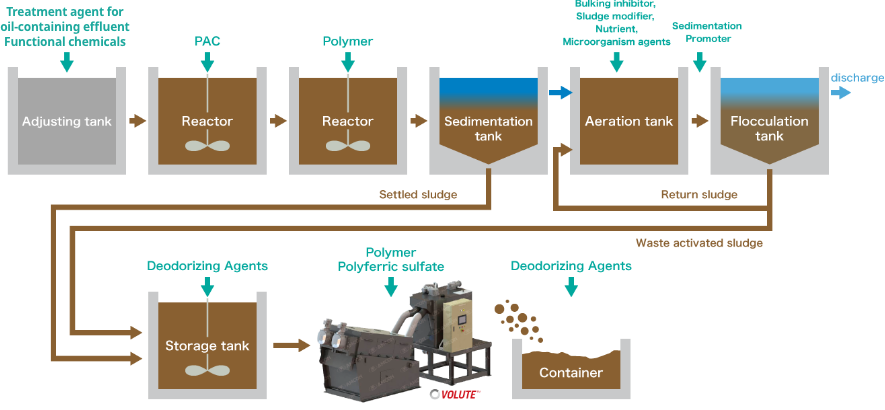
Product lineup
Polyferric sulfate
An iron-based inorganic coagulant that can be used not only as a coagulant but also for removal of phosphorus, BOD, COD, and heavy metals, and inhibition of hydrogen sulfide generation.
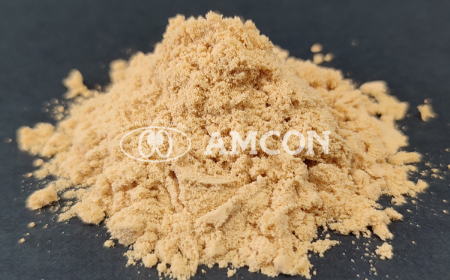
Can be used a dewatering agent
When used in combination with a polymer as a dewatering agent for waste activated sludge, the water content of the dewatered cake tends to decrease by 2 to 3% points compared to when only a polymer is used.
The following test resulted in improved flocculation and a 3.3% point decrease in water content.
This will reduce waste disposal by 1.22 tons.
* This may not apply to all sludge. Please contact us for more information.
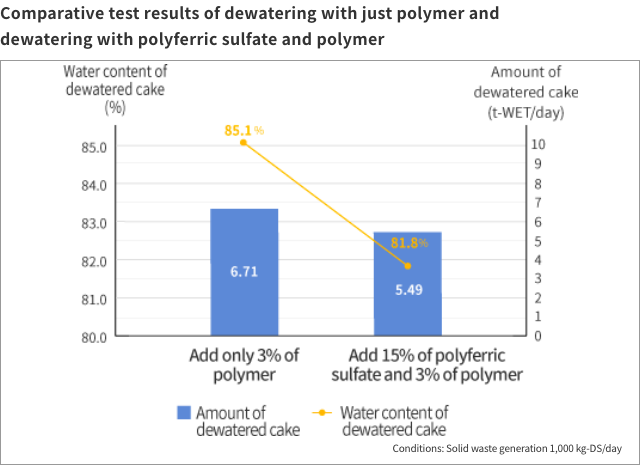
PAC (Polyaluminum Chloride)
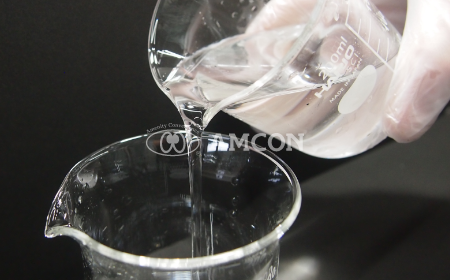
This coagulant is a basic inorganic coagulant that forms strong and large flocs and is characterized by its high flocculation.
This chemical has a wide range of coagulation pH and as such, can be used safely even when the water quality changes.





